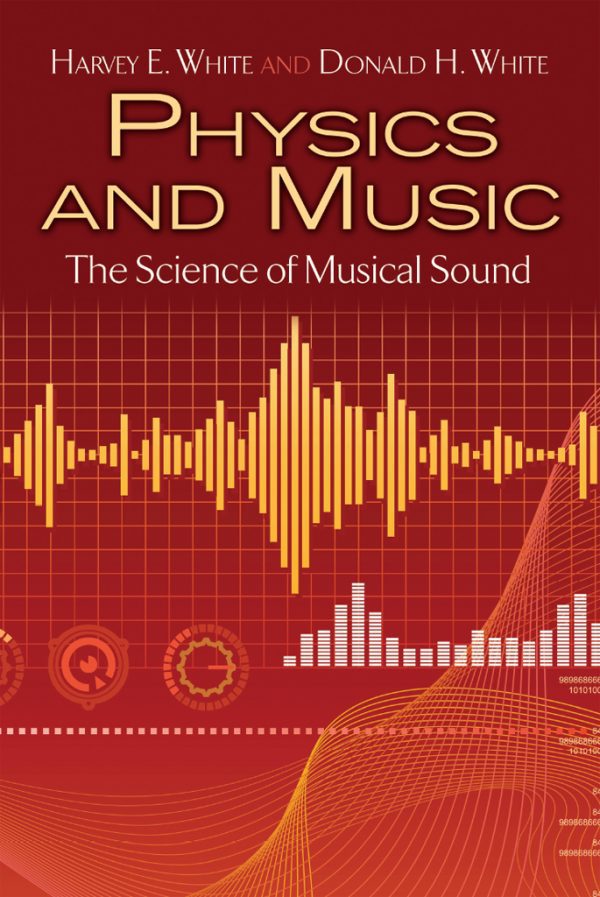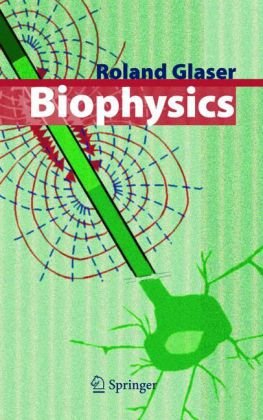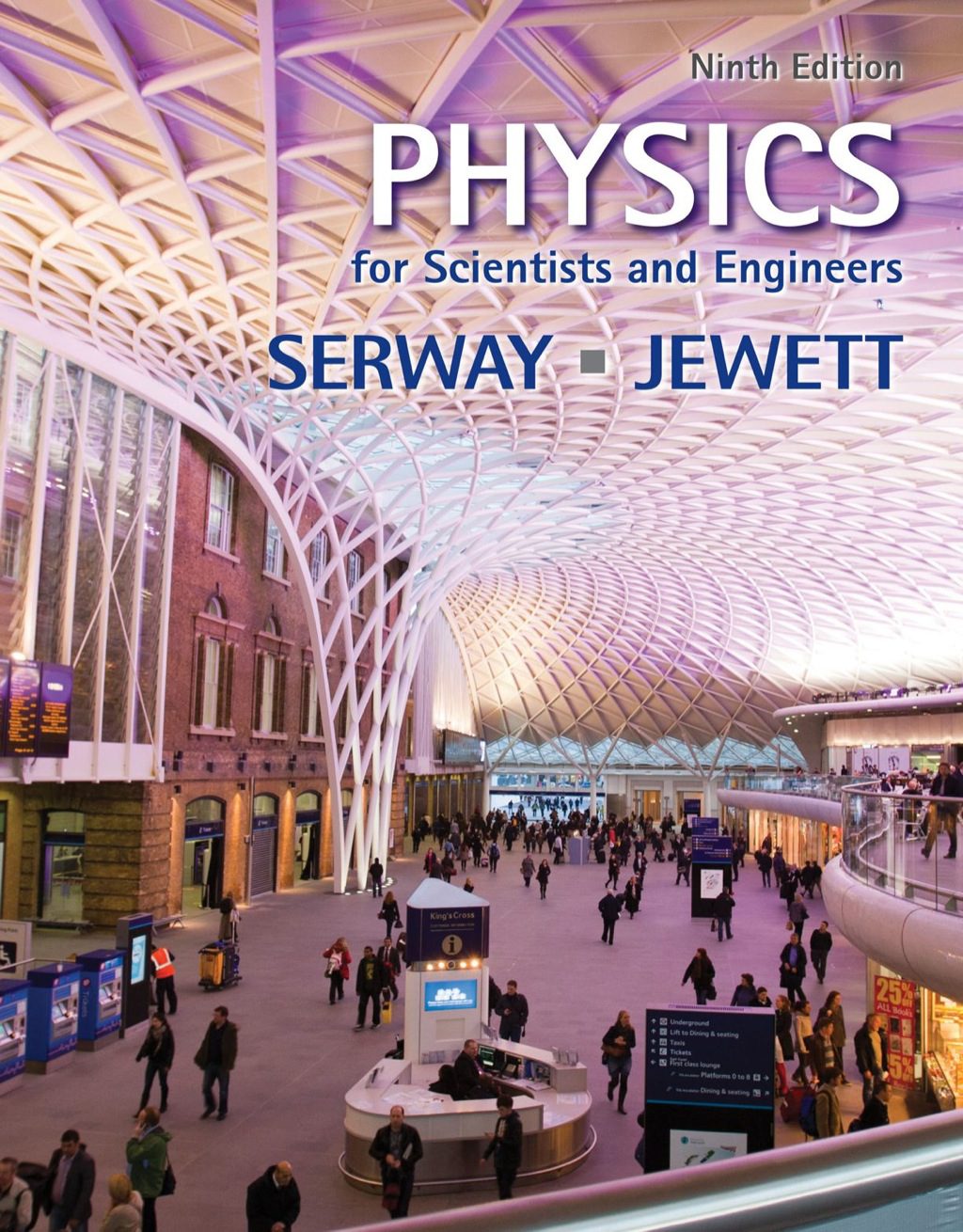G B Clayton, Steve Winder0750659149, 9780750659147
Table of contents :
Cover……Page 1
Half Title Page……Page 2
Title Page……Page 4
Copyright……Page 5
Contents……Page 6
Preface……Page 10
Acknowledgements……Page 11
1.1 Introduction……Page 12
1.3 Feedback and the ideal op-amp……Page 13
1.4 More examples of the ideal op-amp at work……Page 15
1.5 Op-amp packages……Page 19
Exercises……Page 20
2.1 Op-amp input and output limitations……Page 22
2.2 Limitations in gain, and input and output impedance……Page 24
2.3 Real op-amp frequency response characteristics……Page 30
2.4 Small-signal closed-loop frequency response……Page 33
2.5 Closed-loop stability considerations……Page 36
2.6 Frequency compensation (phase compensation)……Page 39
2.7 Transient response characteristics……Page 48
2.8 Full power response……Page 55
2.9 Offsets, bias current and drift……Page 56
2.10 Common mode rejection ratio (CMRR)……Page 60
2.11 Noise in op-amp circuits……Page 61
Exercises……Page 70
3. Analogue integrated circuit technology……Page 74
3.1 Voltage feedback op-amps……Page 75
3.2 Comparison of voltage feedback op-amps……Page 80
3.3 Current feedback op-amps……Page 84
Exercises……Page 92
4.1 Introduction……Page 93
4.2 Voltage scaling and buffer circuits……Page 94
4.3 Voltage summation……Page 98
4.4 Differential input amplifier configurations (voltage subtractor)……Page 99
4.5 Current scaling……Page 104
4.6 Voltage-to-current conversion……Page 110
4.7 Voltage regulators……Page 114
4.8 AC amplifiers……Page 117
Exercises……Page 118
5.1 Amplifiers with defined non-linearity……Page 120
5.2 Synthesized
non-linear response……Page 121
5.3 Logarithmic conversion with an inherently logarithmic device……Page 124
5.4 Logarithmic amplifiers: practical design considerations……Page 132
5.5 Some practical log and antilog circuit configurations……Page 142
5.6 Log–antilog circuits for computation……Page 150
5.7 A variable transconductance four quadrant multiplier……Page 152
Exercises……Page 155
6.1 The basic integrator……Page 157
6.2 Integrator run, set and hold modes……Page 158
6.3 Integrator errors……Page 159
6.4 Extensions to a basic integrator……Page 166
6.5 Integrator reset……Page 171
6.6 AC integrators……Page 173
6.7 Differentiators……Page 174
6.8 Practical considerations in differentiator design……Page 176
Exercises……Page 179
7.1 Comparators……Page 182
7.2 Multivibrators……Page 186
7.3 Sine wave oscillators……Page 194
7.4 Waveform generators……Page 198
7.5 The 555 timer……Page 203
7.6 The 8038 waveform generator……Page 206
Exercises……Page 209
8.1 Sensor interface circuits……Page 210
8.2 Hot wire anemometer with constant temperature operation……Page 216
8.3 Temperature measurement using a thermocouple……Page 217
8.4 Light sensitive switching……Page 218
8.6 Interfacing linear Hall effect transducers (LHETs)……Page 219
8.7 Precise diode circuits……Page 220
8.8 Full-wave rectifier circuits……Page 222
8.9 Peak detectors……Page 224
8.10 Sample and hold circuits……Page 226
8.12 Frequency-to-voltage conversion……Page 229
8.13 Analogue-to-digital converter (ADC)……Page 231
8.14 Digital-to-analogue converter (DAC)……Page 234
Exercises……Page 239
9.2 Passive filters……Page 241
9.3 Active filters……Page 248
9.5 Choosing the frequency response of the low-pass filter……Page 252
9.6 Choosing the frequency response of the high-pass filter……Page 257
9.7 Band-pass filters using the state variable technique……Page 259
9.8 Band reject filter (notch filter)……Page 262
9.9 Phase shifting circuit (all-pass filter)……Page 263
9.10 Filter design……Page 264
Exercises……Page 276
10.1 Op-amp selection and design specification……Page 278
10.2 Selection processes……Page 279
10.3 Attention to external circuit details……Page 281
10.4 Avoiding unwanted signals……Page 282
10.5 Ensure closed-loop stability……Page 286
10.6 Offset nulling techniques……Page 288
10.7 Importance of external passive components……Page 291
10.8 Avoiding fault conditions……Page 293
10.9 Modifying an op-amp’s output capability……Page 295
10.10 Speeding up a low drift op-amp……Page 300
10.11 Single power supply operation for op-amps……Page 302
10.12 Voltage regulator circuits……Page 304
Exercises……Page 309
Answers to exercises……Page 311
Appendix A1: Operational amplifier applications and circuit ideas……Page 315
Appendix A2: Gain peaking/damping factor/phase margin……Page 327
A2.1 Damping factor and phase margin……Page 328
Appendix A3: Effect of resistor tolerance on CMRR of one amplifier differential circuit……Page 331
A3.1 CMRR of one amplifier differential circuit due to non-infinite CMRR of operational amplifier……Page 332
A3.2 Overall CMRR due to resistor mismatch and non-infinite CMRR of operational amplifier……Page 333
A4.2 Resistance strain gauges……Page 334
A4.3 Platinum resistance temperature detectors……Page 336
A4.5 Pressure transducers……Page 338
A4.6 Thermocouples……Page 339
A4.9 Tachometers……Page 340
A4.11 Hall effect transducers……Page 341
A4.12 Opto transducers……Page 342
Appendix A5: Integrated circuit datasheets……Page 344
Bibliography……Page 393
Index……Page 394







Reviews
There are no reviews yet.